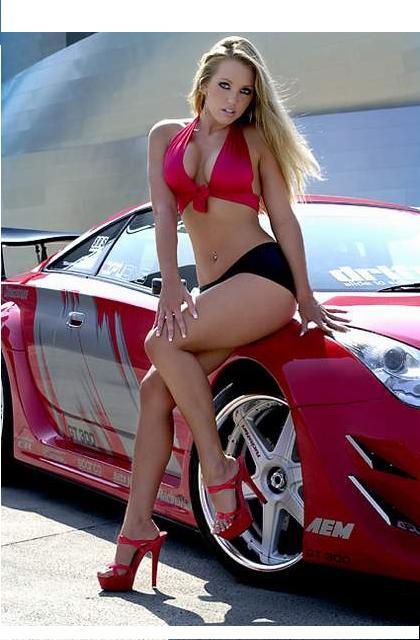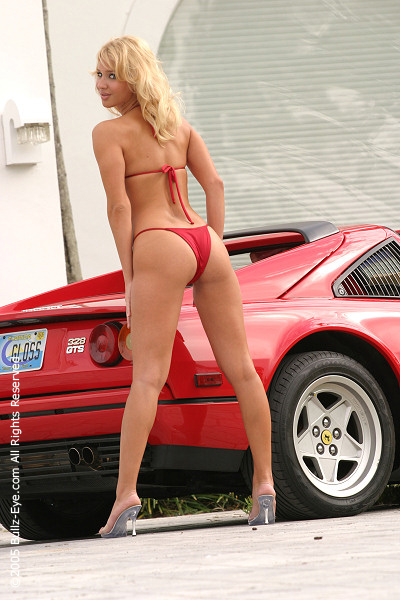|
|---|
Monday, July 8, 2013
But that’s not all – the car’s interior too is upgraded to become a desirable, unique automotive specimen. Whether you opt for elegant or sporty, carbon or wood, leather or Alcantara – HAMANN has just the right thing for your interior tastes. HAMANN’s own upholsterers can, on request, design whatever the customer fancies: from personalised foot mats to a full leather interior, all made with precision craftsmanship. Individually designed and integrated into the “memoR” by the best master craftsmen. The conversion of a standard McLaren MP4-12C into this piece of art starts at 95.000, – Euro plus tax.
Thursday, June 27, 2013
Saturday, February 26, 2011
Labels: 2011 Honda Accord
Labels: 2011 Porsche 911 Black Edition

German tuner Dbilas Dynamic has a tuning kit for the Opel Corsa OPC that adds more than few extra ponies to the hot little hatch.
The Opel Corsa OPC comes standard with 192 PS on its 1.6 liter turbo engine which Dbilas Dynamic offers to dial upward by more than 50 percent. After the tuning job is complete, the Opel OPC will have 320 PS (235 kW) and 400 Nm of torque at its disposal.
The Rödermark-based tuner achieves that figure with a very comprehensive engine overhaul which includes fitting the tuner's own steel connecting rods, forged pistons and turbocharger as well as adding a sport exhaust system. The tuning also involves ECU-mapping, new sport air filter and new air induction system.
320 PS on the 1,100 kg Corsa OPC makes for a pretty zippy 0 to 100 km/h sprint time of 5.1 seconds and provides the car with a weight to power ratio of 3.44 kg per PS. Top speed is a German autobahn-appropriate 264 km/h (164 mph).
The Corsa OPC also gets an Eibach suspension kit that lowers the car by 20 mm. Als
o helping to improve traction are 19-inch rims wrapped in 215/35ZR19 85Y Hankook tires.







.JPG)












































